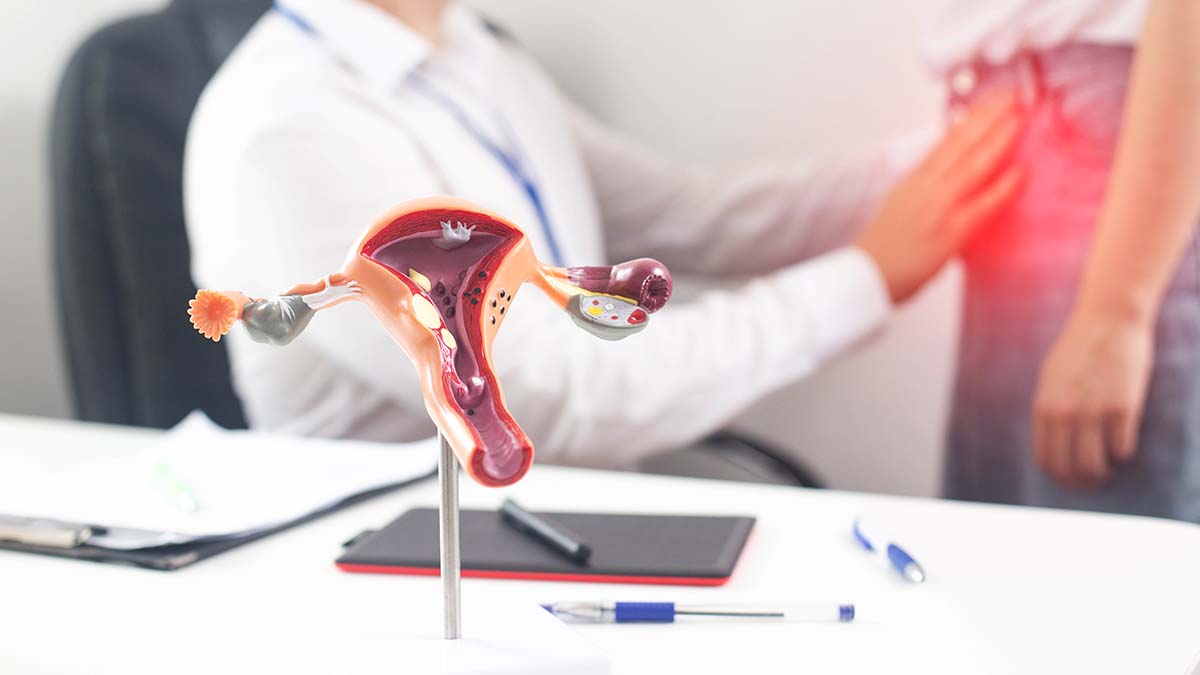[ad_1]
Mr. Ioannis Raptis, Obstetrician, Gynecologist, Laparoscope and Scientific Associate of MITERA explains the advantages, as well as the necessity of removing fibroids laparoscopically using a special segmentation bag
Malignancy is found in 1 in 300 women who undergo laparoscopic (endoscopic) removal of fibroids. In this case, segmentation of the fibroid greatly worsens the prognosis of the disease.
For this reason, in February 2020, the US Food and Drug Administration (FDA) recommended dlaparoscopic removal only using a special segmentation bag. This technique can prove lifesaving, as well it does not allow the spread of a possible malignancy inside the abdomen.
What is the ideal method of surgical removal of fibroids?
In the vast majority of cases, their removal is carried out endoscopically. When these are close to the uterine cavity then they can be removed hysteroscopically. That is, through the natural passage of the vagina and the entrance of the uterus and with the help of a very thin camera and special micro-tools.
But when the fibroids are located in the outer layers of the uterus, then the removal is performed laparoscopically through extremely small holes in the abdomen with the help of an endoscope. In cases of multiple fibroids and in women who have completed their family planning, endoscopic removal of the entire part of the uterus causing the problem (hyphalectomy) is also a very good option.
Advantages of endoscopic methods compared to the classic abdominal incision
The advantage in relation to the outdated classical incision of the abdominal wall consists in the more radical removal of pathologies, without injuring the healthy tissues, the perfect aesthetic results, the faster mobilization of the patient, the reduction of hospital days, the minimization of post-operative pain and the avoidance of post-operative complications such as infections, wound healing disorders, etc.
Nowadays, the specialized training of modern gynecologists – laparoscopists in centers abroad has made laparoscopy the treatment of first choice for the treatment of almost the entire spectrum of gynecological diseases.
Can endoscopic fibroid removal be harmful?
About 1 in 300 women who undergo laparoscopic fibroidectomy have an underlying malignant fibroid (sarcoma). In this case and due to the segmentation of the fibroid intra-abdominally (in order to remove it through the small holes) there is a great risk of spreading the malignancy inside the patient’s abdomen with possibly significant effects on the prognosis of the disease. The same risk exists in cases of laparoscopic hysterectomy.
How can laparoscopic fibroid removal be performed safely?
In order for patients to continue to benefit from the indisputable advantages of laparoscopic surgery, without threatening their health through the unprotected segmentation of fibroids, a special closed bag system is used.
This enters the abdominal area through the holes of the laparoscopy and within it the segmentation of the fibroids takes place protected and without the risk of spreading a possible malignancy. The same system must be used in cases of laparoscopic hysterectomy (hysterectomy).
The cost of such a bag is very small and is in no way an obstacle to its use.
Since the advantages are a given and price is not an obstacle, the reasonable question that arises is why is the bag not used in every laparoscopic removal of fibroids or uterus? The bag is aimed at experienced surgeons – laparoscopists, who can use it comfortably and safely, without increasing the duration of the operation. This requires a learning curve, which makes the use of the system a specialized laparoscopic procedure. This fact combined with the lack of information about the risks of unprotected tissue sectioning acts as a deterrent to the use of the bag.
in conclusion
The special closed bag system for tissue segmentation is the only way to perform completely safe laparoscopic removal of fibroids and uterus. Not using it puts the health of patients at risk, according to international guidelines. For this reason, in the event of its impossibility, laparoscopic access to perform the above operations should be avoided for the majority of patients.
